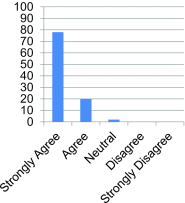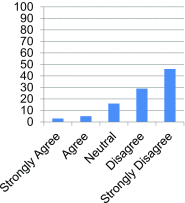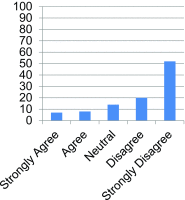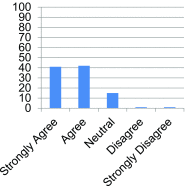Patient Perceptions of Participating in the RSNA Image Share Project: a Preliminary Study
- PMID: 26452494
- PMCID: PMC4788609
- DOI: 10.1007/s10278-015-9832-2
Patient Perceptions of Participating in the RSNA Image Share Project: a Preliminary Study
Abstract
The purpose of this study was to gauge patient perceptions of the RSNA Image Share Project (ISP), a pilot program that provides patients access to their imaging studies online via secure Personal Health Record (PHR) accounts. Two separate Institutional Review Board exempted surveys were distributed to patients depending on whether they decided to enroll or opt out of enrollment in the ISP. For patients that enrolled, a survey gauged baseline computer usage, perceptions of online access to images through the ISP, effect of patient access to images on patient-physician relationships, and interest in alternative use of images. The other survey documented the age and reasons for declining participation for those that opted out of enrolling in the ISP. Out of 564 patients, 470 enrolled in the ISP (83 % participation rate) and 456 of these 470 individuals completed the survey for a survey participation rate of 97 %. Patients who enrolled overwhelmingly perceived access to online images as beneficial and felt it bolstered their patient-physician relationship. Out of 564 patients, 94 declined enrollment in the ISP and all 94 individuals completed the survey for a survey participation rate of 100 %. Patients who declined to participate in the ISP cited unreliable access to Internet and existing availability of non-web-based intra-network images to their physicians. Patients who participated in the ISP found having a measure of control over their images to be beneficial and felt that patient-physician relationships could be negatively affected by challenges related to image accessibility.
Keywords: Image accessibility; Image-enabled personal health records; Patient-physician relationship; RSNA Image Share.
Figures







References
Publication types
MeSH terms
LinkOut - more resources
Full Text Sources
Other Literature Sources
Medical

